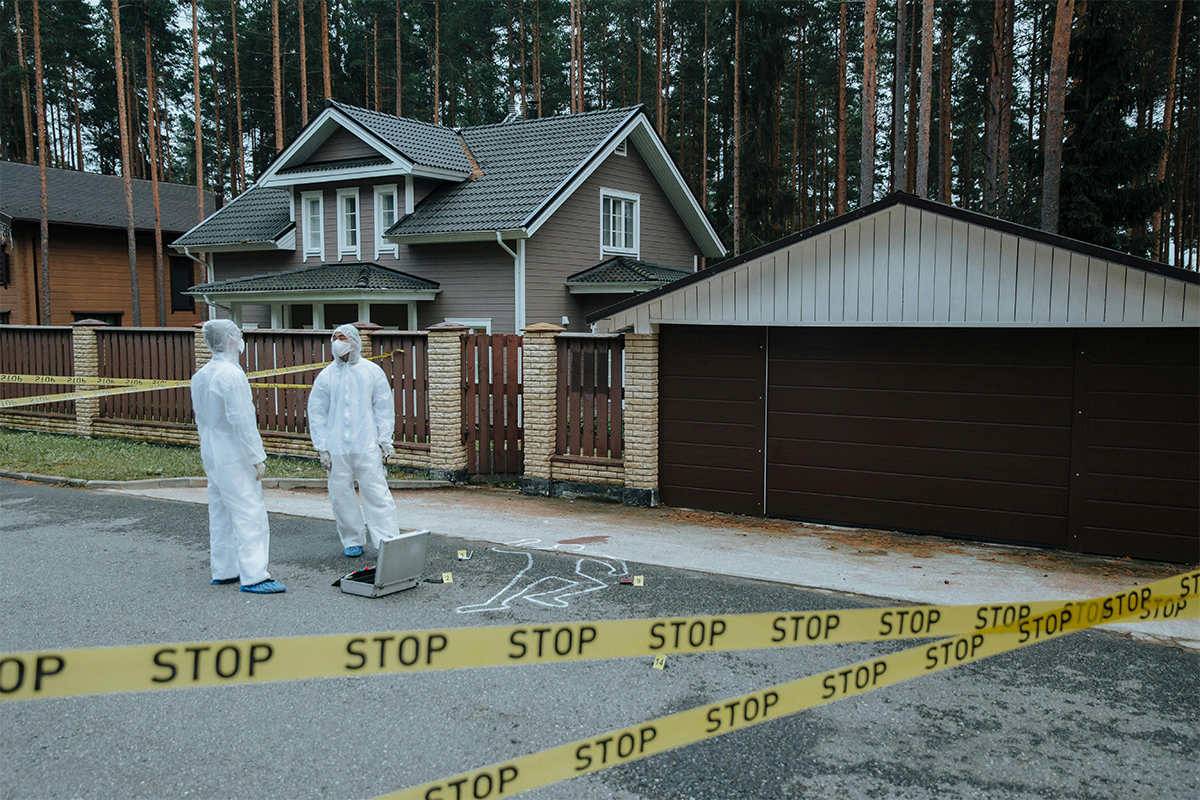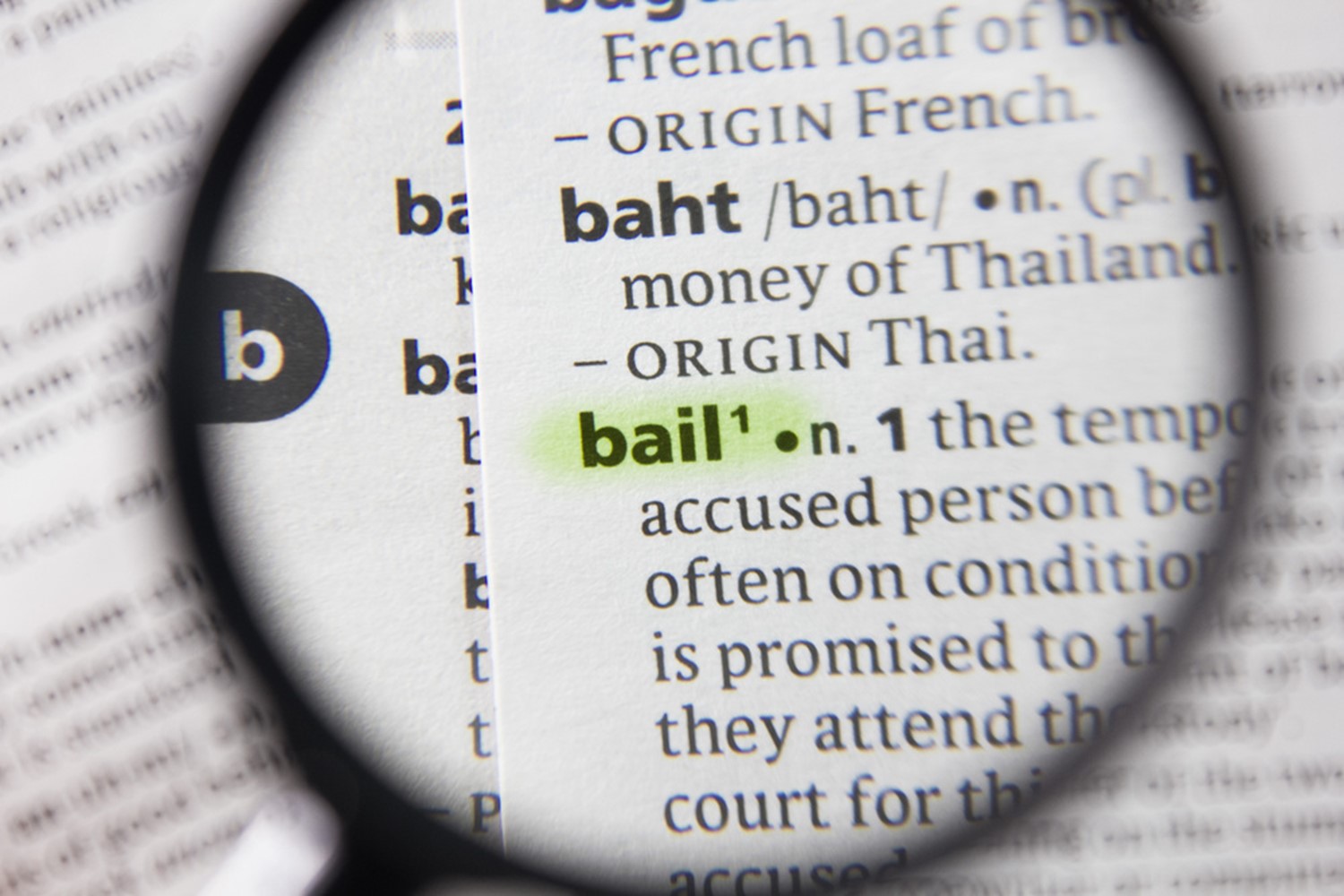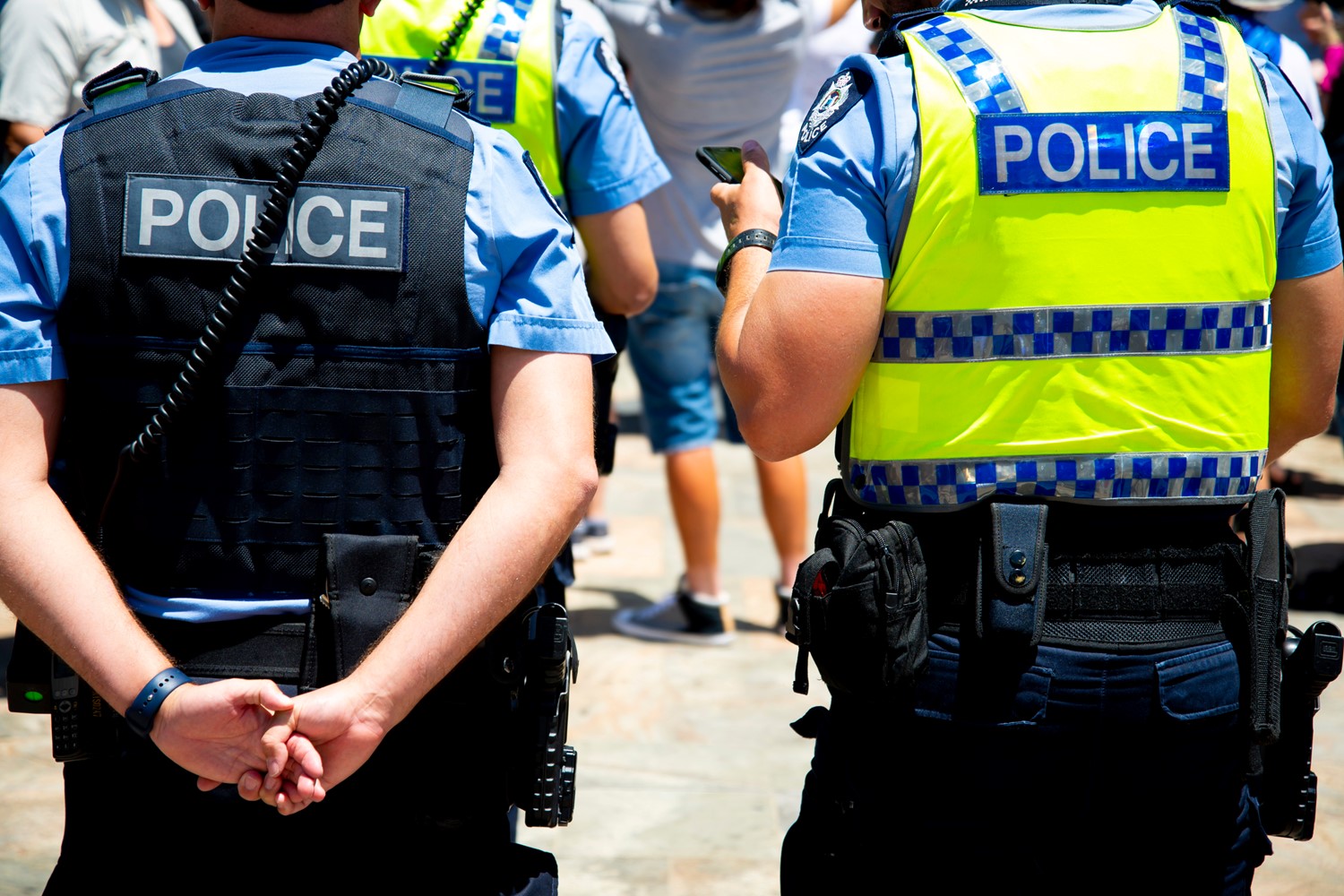Key Takeaways
- The degree of intent is a critical factor in determining the severity of a homicide charge.
- The legal implications and penalties for homicide, murder, and manslaughter vary significantly.
- Evidence, including direct and circumstantial evidence, plays a crucial role in homicide prosecutions.
Table of Contents
Homicide Vs Murders
The terms homicide and murder are often used interchangeably, but they carry two different meanings. Homicide is a broader term that has both lawful and unlawful killings. However, murder refers to killing a person with intent. Thus, homicide may be seen as lawful or unlawful but this depends on the circumstances. Lawful homicide would entail self-defence or carrying out the death penalty sentence. However, unlawful homicide would be a degree of murder and manslaughter.
Murder is an unlawful act whereby the person has acted out of intention and malice. Malice is when a person has an intent to cause death or serious injury to another. This shows that the person does not value the life of a human being and therefore it is considered a heinous offence. The maximum penalty for murder is life imprisonment; the court may impose a finite term.
The terms homicide and murder can vary depending on the societal, legal, and contextual differences:
- Societal differences are how the public looks at the terms homicide and murder. This can depend on how a person looks at self-defence.
- Legal differences would be definitions and penalties for homicide and murder. This would depend on the jurisdictional laws and regulations around homicide and murder.
- Contextual differences in when a murder took place may impact the charges.
Difference Between Homicide And Murders
Homicide and murder may be used interchangeably, but these meanings differ. Homicide is used broadly and may entail both lawful and unlawful killings. However, murder refers to killing a person with intent. Homicide may be seen as lawful or unlawful but this depends on the circumstances. On the other hand, lawful homicide would entail self-defence or carrying out the death penalty sentence. On the other hand, unlawful homicide would be degrees of murder and manslaughter.
It is important to understand the varying degrees of intent and their significance:
- Murder (NSW): the act or omission causing death was done with intent to kill or to inflict grievous bodily harm.
- Murder (NSW): the act or omission causing death was done with reckless indifference to human life, or it occurred in the course of or immediately after committing or attempting a crime punishable by life imprisonment or 25 years.
- Manslaughter (NSW): every other punishable homicide that is not murder, which may be voluntary or involuntary depending on the circumstances.
The legal implication of a homicide as murder or manslaughter carries serious implications. Murder carries a heavier penalty and involves imprisonment, while manslaughter has a reduced penalty. Murder charges have a more severe prison sentence or maximum jail time of 25 years. Manslaughter, on the other hand, has a maximum penalty of 25 years of jail time. This would require hiring a criminal lawyer and also understanding what is a criminal lawyer.
Need help with homicide charges?
Visit us for a free consultation to gain an understanding of homicide charges such as murders or manslaughter.
Contact us today!
Difference Between Manslaughter Vs Homicide
Manslaughter and homicide are two separate concepts in criminal law. Though both of the terms involved a killing of the other, they differ in regard to intent, circumstances, and legality.
Homicide is a broad term used to encompass all killings, ranging from lawful to unlawful. Lawful killings are homicides that can be justified and allowed by the law in terms of self-defence, defence of others, law enforcement, and military actions.
As for unlawful killings, this would involve manslaughter or murder. That is, there was no intent of killing the person but more negligence on the part of the person, which caused death. Thus, there are two categories of manslaughter:
- Voluntary manslaughter: The act of intentional killing during provocation or in the heat of the moment.
- Involuntary manslaughter is when the killing is unintentional due to reckless behaviour.
How Are Degrees Of Manslaughter Determined?
In NSW, the degrees of manslaughter varies with aggravating or mitigating factors (e.g., use of a weapon; vulnerability of the victim; provocation; duress):
- Intent: Whether the killing was intentional or unintentional.
- Circumstances: Presence of circumstances such as bodily harm, attack on vulnerable people, or use of a weapon.
- Circumstances that may reduce the severity of the offence, such as no previous criminal record, duress, or evidence of remorse. This would warrant the hiring best criminal lawyers Sydney.
Here are some examples to consider:
- Voluntary manslaughter: A 25-year-old man was charged with voluntary manslaughter after stabbing his friend to death during a drunken brawl in a Queensland nightclub. The prosecution argued that the defendant had intended to harm his friend, but not kill him. The court ultimately convicted the defendant of manslaughter, citing the heat of passion and intoxication as mitigating factors.
- Involuntary manslaughter: A 42-year-old driver was charged with involuntary manslaughter after a fatal car accident in Western Australia. The driver had been speeding and lost control of the vehicle, killing a 75-year-old pedestrian. The prosecution argued that the driver’s reckless behaviour led to the death, and the court convicted him of manslaughter, citing the absence of intent to harm.
We would love to support you in understanding our legal process.
We, at Criminal Law Group, work tirelessly to help you develop an effective strategy for your case.
Learn more about us
What Is Malice Aforethought In Homicide Cases?
NSW legislation defines murder by intent, grievous bodily harm, reckless indifference, or constructive murder as when a person has premeditated to commit first-degree homicide. This is when the person is intentional and has a desire to kill or harm the other person and has no regard for the value of life.
The key point is premeditation and thus, first-degree murder is determined because there was an intent to harm the person before the murder took place. Thus, when a person is found to have premeditated the killing, then the level of culpability is higher and charged with first-degree.
In a trial, the prosecutor will have to prove that there was malice without any reasonable doubt. Thus the court will see if there was planning, intent, lack of human life and the circumstances that led to the murder. An example would be a person who kills someone through means of poison. This shows that there was already an intent to murder through the act itself. However, there needs to be proof that this was premeditated and not an accident.

What Are The Legal Charges For Homicide?
The legal charges for homicide are dependent on the circumstances of the killing and the state of mind of the individual. Let us look through the degrees of homicide:
- First-degree murder is when a person intentionally or premeditatedly ends another person’s life. This means that there needs to be proof that the killing was planned and is punishable by life in prison. Moreover, there needs to be evidence of the circumstances of the killing, such as motive and opportunity.
- Second-degree murder is an unlawful killing done without any form of premeditation or deliberation. This may be due to a sudden intense outburst or provocation that ends with disregarding a person’s life. This act is punishable by imprisonment for 15 years or may go up to life in prison.
Criminal Law Group in Sydney is able to provide legal representation for either first- or second-degree murders and can help through the complexity of the legal system. We have one of the best strategies and advocate for the best possible outcome. Therefore, if you know someone who has been charged with homicide, then please feel free to contact us for legal guidance. You can check with us on why do criminal lawyers defend criminals and how to prepare for consultation at a criminal law firm.
Not sure what to expect when selecting a criminal lawyer? We are here to help!
The Criminal Law Group has the best criminal lawyers to help you with homicide charges.
Book us now!
Is Manslaughter Worse Than Murder?
Manslaughter and murder are two different crimes that involve the unlawful killing of an individual. Let us look at the severity of punishment. Manslaughter has a lighter sentence compared to murder because this offence is not done deliberately or premeditated. The penalty for manslaughter therefore varies between states and territories, ranging from 10 to 25 years in prison.
The public perception of manslaughter and murder differs from what the legal system weighs. Though both crimes are evaluated as unlawful killing, the public may look at manslaughter as a lesser offence as there was no malice. However, this perception may differ from case to case and depend on the individual’s criminal history.
In 2019, a man named Borce Ristevski was convicted for killing his wife. Though his actions were deemed heinous, where he had concealed her body and denied involvement, he was only charged for 6 years due to manslaughter. This has sparked outrage among the public and raised questions about the legitimacy and adequacy of such a sentencing.
How Does Unlawful Killing Compare To Lawful Killing?
Lawful killings are allowed under special circumstances such as:
- When acting out of self-defence to protect oneself from the other person. This can be done as long as there is a forced threat from the attacker.
- Killing when at war is acceptable as long as the person abides by the laws and humanitarian acts.
- Law enforcement officers can kill a person when they are on duty. This can be done in accordance with self-defence.
Murder, on the other hand, is the intentional killing of another individual out of malice and intent. This is considered a felony charge. Manslaughter is also unlawful killing but there is no malice and it is often done due to the heat of passion.
Subcategories of manslaughter include voluntary manslaughter, where the killing is unintentional but provoked in the heat of passion. Involuntary manslaughter, on the other hand, is done out of negligent behaviour without intent or harm.
How Do Intent And Circumstances Shape Homicide Charges?
The intent and circumstances that shape homicide charges between murder, manslaughter, and other types of homicide are dependent upon their severity. Thus, let us look at the types of charges:
- Murder is defined as deliberate or intentional killing and therefore, the prosecution needs to show that this was done beyond reasonable doubt. That is, the accused had premeditated to cause harm to another person, which led to death.
- Manslaughter: This is when a person kills another without intent. There are two types of manslaughter, such as
- Voluntary manslaughter: A person is killed in the heat of the moment. This happens during the moment of being provocated and there is no premeditated account. Involuntary manslaughter: A person loses their life due to the recklessness of others without malice.
There are instances where acts of self-defence during emotional altercation could impact the severity of homicide charges. For example:
- Self-defence due to threat from external forces.
- Emotional altercation that causes a person to react that causes them to murder another without intent. For example, if a person catches their spouse in bed with someone else, this might lead to voluntary manslaughter.
- Recklessness is when a person causes death because of their reckless behaviour.
Are you charged with manslaughter or murder? Look no further!
Our team of dedicated lawyers will empower you throughout the trial and ensure the best possible outcome.
Contact us now!
Why Does Motive Matter In Homicide Cases?
Motives in homicide cases are important to determine the reason behind the crime. Though it is not evidence of guilt, it does add weight to the investigation, prosecution, and sentence. Here is how to look at motives:
- Motive aids the prosecution and investigative team to understand the reasons behind the crime. This helps the presentation team decide on ways to gather more evidence to build the case. An example would be a domestic argument that could lead the team to interview the family members and neighbours to determine the relationship of the couple.
- Motive is also important to influence the way the sentencing will sway. For instance, the court needs to determine if the offender was in the right state of mind or not. An example would be a man catching his wife in bed with another person and this leads to a crime of passion that leads to manslaughter. This sentencing would be viewed as a lesser crime compared to murder.
The Role Of Evidence In Homicide Prosecutions
The role of evidence in homicide prosecution needs to lead to convictions. Therefore, the prosecution would need to gather evidence such as direct evidence, circumstantial evidence, confessions, physical evidence, and digital evidence. Hearsay evidence is excluded unless an exception applies.
The common issues that link intent to a defendant’s actions are lack of direct evidence, the defendant’s alibi, motive and opportunity, and the defendant’s silence. To navigate these issues, the prosecution may use expert testimonies, present a timeline of events, showcase inconsistencies, determine motives.
What Is Worse, Homicide, Murder, Or Manslaughter?
At times, the terms homicide, murder, and manslaughter may be used loosely. However, each of its meanings is different, and which is a worst-case scenario would depend on the circumstances, intent, and societal impact.
- Homicide is an umbrella term used to refer to the act of killing another. It can be murder, manslaughter, and other types of homicide cases.
- Murder is a serious offence where it requires ending a person’s life out of malice or intent.
- Manslaughter is a lesser offence compared to murder, as there was no intent during the offence.
Therefore, the court will look at the severity of the case based on intent, circumstance, and societal impact and consider the severity of the offence.







































































































